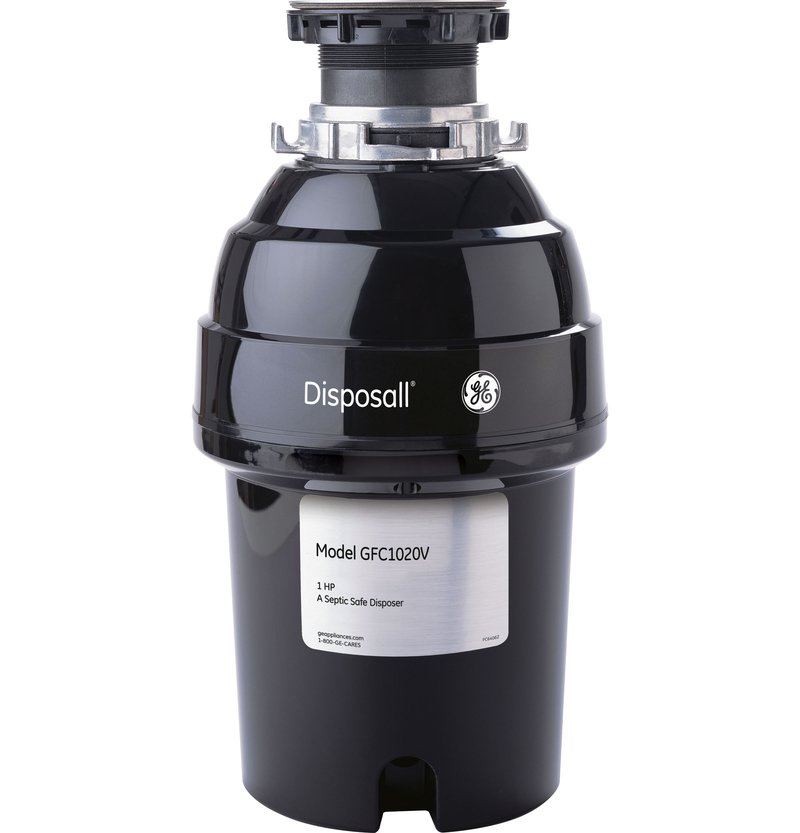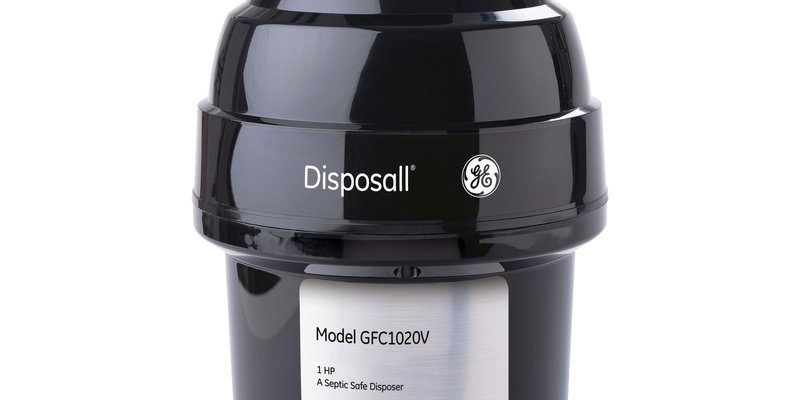
So, what does the E1 error code actually mean in plain English? Simply put, it indicates there’s an overload or something’s gone awry with the motor. Kind of like when a printer jams or a computer freezes due to too many tasks running at once. It’s the disposal’s way of saying, “Hold on, something’s not quite right here.” Understanding how to prevent this is key to keeping your kitchen running smoothly.
Understanding the Causes of Error Code E1
So, you might be wondering, what causes this pesky E1 error in the first place? Well, one common culprit is overloading. Picture this: you’re trying to cram more food down the disposal than it can handle at once. It’s like trying to fit an oversized suitcase into the overhead compartment on an airplane—it’s just not going to work. When you force too much in, the motor can overheat, leading to that E1 message.
Another possible cause is a mechanical issue, such as a jammed flywheel—a component that helps keep everything moving smoothly inside the disposal. Think of it like a bicycle chain that’s come off its gears. It can’t spin properly, which stalls the disposal and triggers an error.
Bad wiring or electrical problems can also bring about the E1 code. If the disposal isn’t getting enough power, it’s like trying to run a marathon without breakfast. It’s not getting the energy it needs to function, so it throws up an error to alert you.
In light of these causes, the next steps often involve some basic troubleshooting. Ensure you aren’t overloading the system, check for blockages, and inspect any visible wiring issues. Taking these actions can often reset things back to normal.
Steps to Prevent Future E1 Errors
Okay, so how do you prevent the E1 error from making an unwelcome return? The first step is to establish a habit of running your garbage disposal with cold water for about 10-20 seconds after each use. This practice helps ensure that all the waste is thoroughly flushed out, preventing build-up, just like rinsing out a sponge to keep it from smelling.
Another vital piece of advice is to be mindful of what you’re putting into the disposal. It’s tempting to think of it as a magical black hole for food waste, but it’s really more like a delicate machine. Avoid fibrous materials like celery stalks or potato peels, which can wrap around the blades and clog the works—like trying to mow over a thick, wet lawn and stalling the mower.
Regular cleaning is also crucial. Every so often, throw in some ice cubes and rock salt to help scrub the disposal’s blades. It’s similar to using a toothbrush to get into those hard-to-reach places in your mouth. This will keep it in prime condition and reduce the risk of mechanical jams.
Finally, schedule routine inspections. Like getting your oil changed, having a professional peek under the hood of your disposal once a year can catch small issues before they lead to an E1 error.
When to Call in the Experts
Of course, sometimes despite your best efforts, that E1 error might pop up again. So when is it time to call in the experts? If you’ve gone through the usual checks—ensuring it’s not overloaded, removing any jams, and giving it a good clean—and the error persists, it might be time to contact a professional. Much like with any appliance, sometimes the inner workings need a specialist’s touch.
If you’re noticing electrical issues—like the disposal shutting off mid-use or not starting at all—this could signify a more serious problem with the motor or wiring. Trying to fix this yourself could be dangerous, like attempting DIY repairs in an unfamiliar part of your car engine. A certified electrician or appliance repair specialist will have the know-how to safely address these issues.
Also, consider the age of your garbage disposal. If it’s been more than ten years since you installed it, it might be nearing the end of its lifecycle. In this case, consult with an expert to see if it might be time for a replacement. Newer models often come with improved efficiency and can help prevent frequent E1 error codes.
Remember, safety first! Trying to fix complex mechanical or electrical issues without proper training can lead to injury. When in doubt, reach out for professional help.
Wrapping It Up
Preventing the GE garbage disposal error code E1 from popping up in the future really boils down to regular maintenance and mindful use. Think of it like caring for a favorite tool or device—you want to keep it clean, in good working order, and address any small issues before they become big ones. By following the prevention tips outlined here, you’re setting yourself up for a smooth-running kitchen where the last thing you’ll have to worry about is a breakdown during meal prep.
At the end of the day, taking a few minutes to care for your garbage disposal can save you a lot of time and hassle in the long run. So next time you’re about to toss something down the drain, just pause for a moment and consider if it’s disposal-friendly. Happy cooking—and here’s to a future free of E1 errors!
